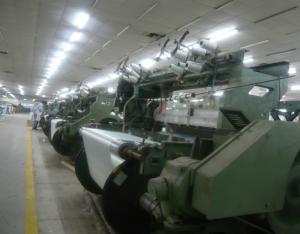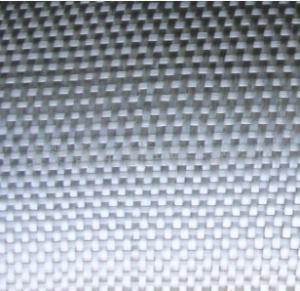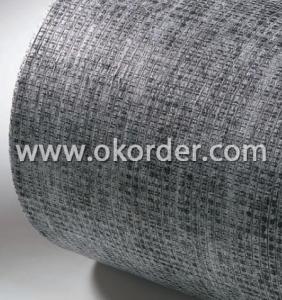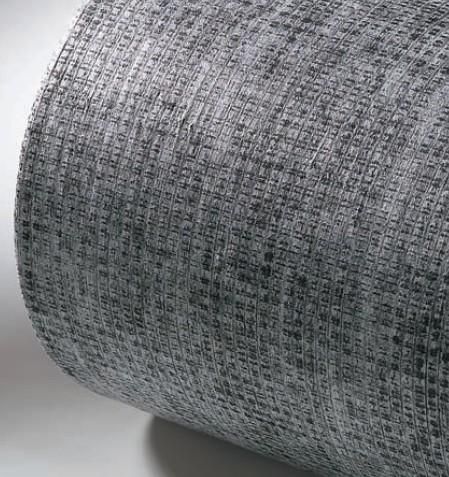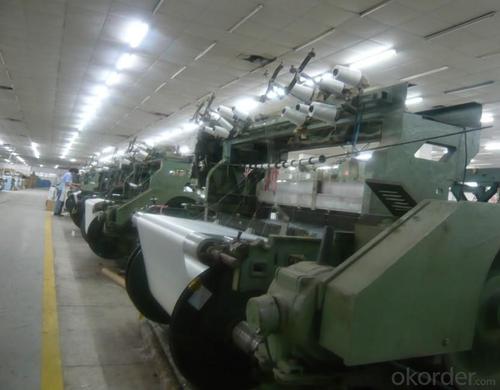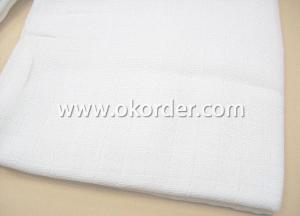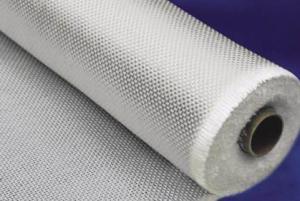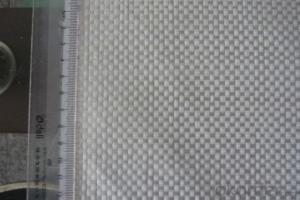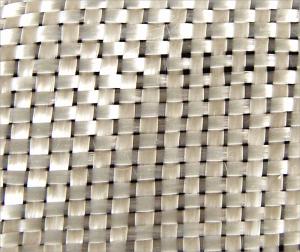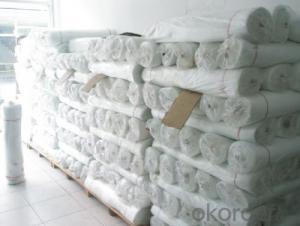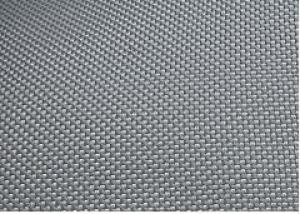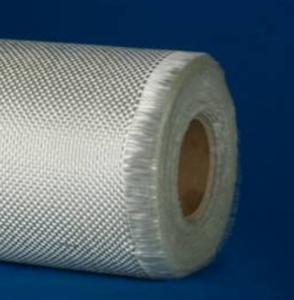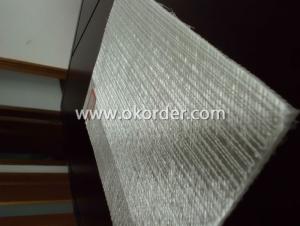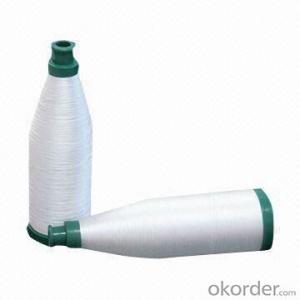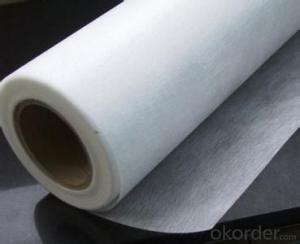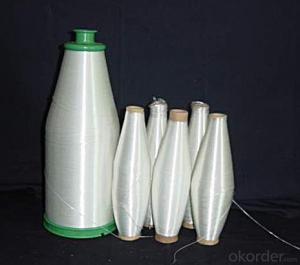Classic Fiberglass Woven Roving Fabric
- Loading Port:
- Qingdao Port
- Payment Terms:
- TT or LC
- Min Order Qty:
- 10000 M2 m²
- Supply Capability:
- 50000000 M2 Per Year m²/month
OKorder Service Pledge
OKorder Financial Service
You Might Also Like
Introducton of Fiberglass Fabrics for surfboard:
Fiberglass fabric is corrosion resistance, high intensity, electricity insulation, compatibility with other resin. Fiberglass fabric is widely used into electric insulation field for PCB or copper clad laminate.
Technical Data Sheet of Fiberglass Fabrics for surfboard:
Fabric Count Warp×Fill(Per cm) | Yarn(SI)
| Thickness(mm) (Rreference Only) | Nominal Weight(g/m2) | Weight Tolerance(g/m2) |
23.6×18.5 | 5 11 1×0 5 11 1×0 | 0.053 | 46.8 | 45.1-48.5 |
23.6×23.6 | 5 11 1×0 5 11 1×0 | 0.056 | 52.9 | 51.5-54.2 |
19.3×16.5 | 7 45* 1×0 7 45* 1×0 | 0.149 | 164.1 | 157.7-170.5 |
18.1×17.7 | 7 45* 1×0 7 45* 1×0 | 0.140 | 1654.0 | 158.0-171.0 |
23.6×19.7 | 6 33 1×0 6 33 1×0 | 0.125 | 148.0 | 142.8-153.2 |
20.0×10.8 | 9 331×0 9 74 1×0 | 0.135 | 146.2 | 142.1-150.3 |
20.5×20.5 | 9 34* 1×0 9 34* 1×0 | 0.114 | 138.3 | 133.6-143. |
23.6×22.0 | 7 22 1×0 5 11 1×0 | 0.079 | 78.0 | 75.6-80.4 |
22.0×18.9 | 7 22 1×0 7 22 1×0 | 0.084 | 90.9 | 88.5-93.2 |
23.6×22.8 | 7 22 1×0 7 22 1×0 | 0.094 | 103.8 | 100.7-106.8 |
26.0×21.7 | 7 22 1×0 7 22 1×0 | 0.095 | 108 | 104.8-111.2 |
17.3×12.2 | 9 681×0 9 68 1×0 | 0.173 | 203.4 | 198.0-208.9 |
17.9×13.4 | 9 68 1×0 9 68 1×0 | 0.18 | 210.0 | 204.5-215.3 |
17.3×11.4 | 9 68 1×0 9 102* 1×0 | 0.201 | 232.3 | 226.5-238.0 |
17.5×7.9 | 9 68 1×0 9 136* 1×0 | 0.254 | 227.8 | 221.1-234.7 |
17.4×10 | 9 68 1×0 9 136* 1×0 | 0.250 | 260.0 | 255.2-265.3 |
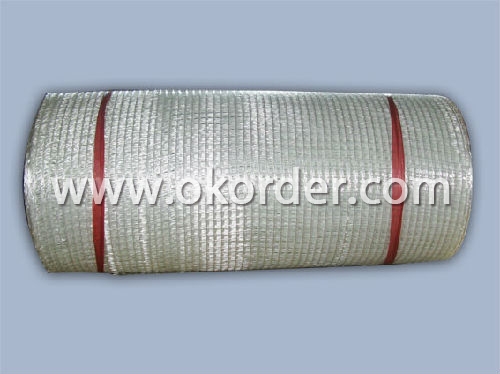
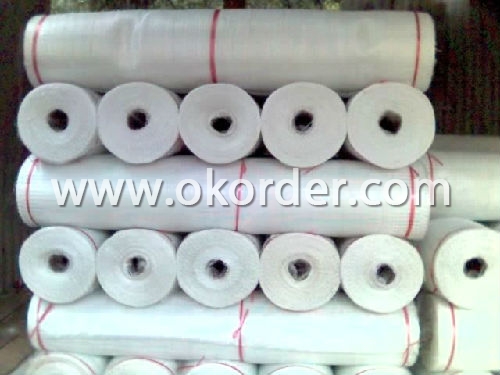
- Q: Can fiberglass fabric be used for making outdoor furniture?
- Yes, fiberglass fabric can be used for making outdoor furniture. Fiberglass is a durable and weather-resistant material that can withstand the elements, making it suitable for outdoor use. It is lightweight, yet strong, and can be molded into various shapes and forms, allowing for versatile design options. Additionally, fiberglass fabric is resistant to moisture, UV rays, and temperature changes, ensuring that the furniture will not warp, fade, or crack over time. Its low maintenance requirements and long lifespan make it an ideal choice for outdoor furniture, providing both functionality and aesthetics.
- Q: Rural cement flat roof room, how to do waterproof, anti leakage best?
- (1) laying flexible waterproof layer, choose coating or coil can. The construction conditions require that the moisture content of the base surface is not greater than 9%, so it is suitable for construction in the summer after 5 days of hot weather. After completion, water storage experiments should be carried out;(2) such as waterproof coating, a coated cloth two "for example: clean up the grass, full of paint, dry film, laying a layer of glass fiber cloth reinforced matrix materials, and in the exhibition has fixed full brush a layer of paint on the surface, drying after construction paint. The overall thickness of waterproof coating should be more than 3 millimeters;(3) if the construction of waterproof coiled material is done, after cleaning the base, glue the adhesive on the back of the coil and the base, and press and close the base line according to the good benchmark, and finally do the inspection of the seam joint.
- Q: Are fiberglass fabrics resistant to UV degradation?
- Generally, fiberglass fabrics exhibit resistance to UV degradation. The fabric is manufactured by weaving fine strands of glass together, resulting in a durable and robust material. The glass fibers possess a natural ability to fend off the detrimental impact of UV radiation. Consequently, fiberglass fabrics can endure prolonged exposure to sunlight without experiencing significant deterioration. Nevertheless, it is crucial to acknowledge that the coatings or finishes employed on the fabric might not possess the same level of UV resistance as the fiberglass itself. Consequently, it is advisable to verify the particular product specifications or seek guidance from the manufacturer to ascertain the UV resistance level of a specific fiberglass fabric.
- Q: Can fiberglass fabric be used for insulation in aerospace structures?
- Yes, fiberglass fabric can be used for insulation in aerospace structures. Fiberglass fabric is a lightweight and flexible material that offers excellent thermal insulation properties. It can effectively trap heat and reduce heat transfer, making it suitable for insulating aerospace structures where temperature regulation is critical. Additionally, fiberglass fabric is also resistant to fire, chemicals, and moisture, further enhancing its suitability for aerospace applications. Its high strength-to-weight ratio and durability make it an ideal choice for insulating various components such as fuel tanks, engine compartments, and heating systems in aerospace structures.
- Q: What is the tensile strength of fiberglass fabric?
- The specific type and weave of fiberglass fabric determine its varying tensile strength. On average, fiberglass fabric possesses a tensile strength within the range of 3000 to 5000 pounds per square inch (psi). As a result, it boasts remarkable strength and durability, allowing it to withstand considerable levels of tension and stress without succumbing to breakage or tearing. Given its exceptional tensile strength, fiberglass fabric finds widespread use in numerous sectors including aerospace, automotive, construction, and marine industries.
- Q: Can fiberglass fabric be used for filtration applications?
- Yes, fiberglass fabric can be used for filtration applications. Fiberglass fabric is often used in filtration systems due to its high strength, durability, and resistance to chemicals. It can effectively remove particles, contaminants, and pollutants from air, water, and other fluids. The tight weave of fiberglass fabric allows for efficient filtration, while still maintaining good airflow. Additionally, fiberglass fabric is easy to clean and maintain, making it suitable for various filtration applications such as air filters, water filters, oil filters, and industrial filtration systems.
- Q: Are there any specific certifications or standards for fiberglass fabrics?
- Yes, there are specific certifications and standards for fiberglass fabrics. One of the most widely recognized certifications for fiberglass fabrics is the ISO 9001:2015 certification, which signifies that the manufacturer has implemented a quality management system and meets the international standards for product quality. In addition, there are specific standards developed by organizations like ASTM International (formerly known as the American Society for Testing and Materials) that outline the testing methods and performance requirements for fiberglass fabrics. For example, ASTM D579-67(2013) provides standard specifications for glass fiber fabrics, while ASTM D3774-16a covers the testing of woven fabrics. Furthermore, there are industry-specific certifications that fiberglass fabric manufacturers may seek, such as the NORSOK M-710 certification for offshore applications or the MIL-STD-810 certification for military-grade fabrics. These certifications and standards help ensure that fiberglass fabrics meet certain quality, safety, and performance criteria. They provide customers with confidence in the product's reliability and help manufacturers demonstrate their commitment to producing high-quality fiberglass fabrics.
- Q: Can fiberglass fabric be used for making tablecloths?
- Fiberglass fabric is not typically used for making tablecloths. This type of fabric is known for its durability, strength, and heat resistance, making it more suitable for applications such as insulation, construction materials, or protective clothing. Tablecloths, on the other hand, are typically made from fabrics that are soft, lightweight, and easy to clean, such as cotton, linen, polyester, or blends of these materials. These fabrics provide a comfortable and aesthetically pleasing surface for dining and are better suited for tablecloth purposes.
- Q: What are the different weights of fiberglass fabric?
- The different weights of fiberglass fabric typically range from 3 to 40 ounces per square yard.
- Q: Can fiberglass fabric be used for insulation tapes?
- Yes, fiberglass fabric can be used for insulation tapes. Fiberglass fabric is known for its excellent thermal insulation properties, making it an ideal material for insulation tapes. It can effectively prevent heat transfer and provide insulation for various applications, such as electrical, HVAC, and industrial insulation. In addition, fiberglass fabric is also resistant to fire, chemicals, and moisture, making it a durable and reliable option for insulation tapes.
1. Manufacturer Overview
| Location | Shandong, China |
| Year Established | 1964 |
| Annual Output Value | Above US$ 20 Million |
| Main Markets | 20.00% North America 20.00% South America 10.00% Eastern Europe 10.00% Southeast Asia 10.00% Northern Europe 10.00% South Asia 10.00% Western Europe 5.00% Africa 5.00% Mid East |
| Company Certifications | ISO9001:2000 |
2. Manufacturer Certificates
| a) Certification Name | |
| Range | |
| Reference | |
| Validity Period |
3. Manufacturer Capability
| a) Trade Capacity | |
| Nearest Port | Qingdao Port |
| Export Percentage | 31% - 40% |
| No.of Employees in Trade Department | 10-20 People |
| Language Spoken: | English; Chinese; |
| b) Factory Information | |
| Factory Size: | Above 200,000 square meters |
| No. of Production Lines | Above 10 |
| Contract Manufacturing | Design Service Offered; Buyer Label Offered |
| Product Price Range | High; Average |
Send your message to us
Classic Fiberglass Woven Roving Fabric
- Loading Port:
- Qingdao Port
- Payment Terms:
- TT or LC
- Min Order Qty:
- 10000 M2 m²
- Supply Capability:
- 50000000 M2 Per Year m²/month
OKorder Service Pledge
OKorder Financial Service
Similar products
Hot products
Hot Searches
Related keywords
